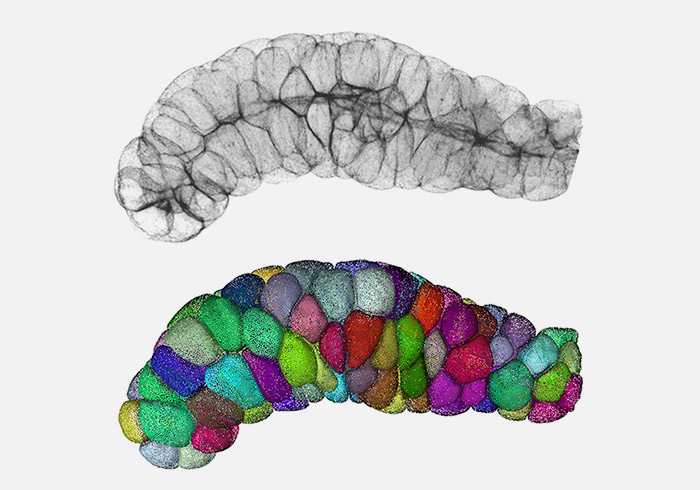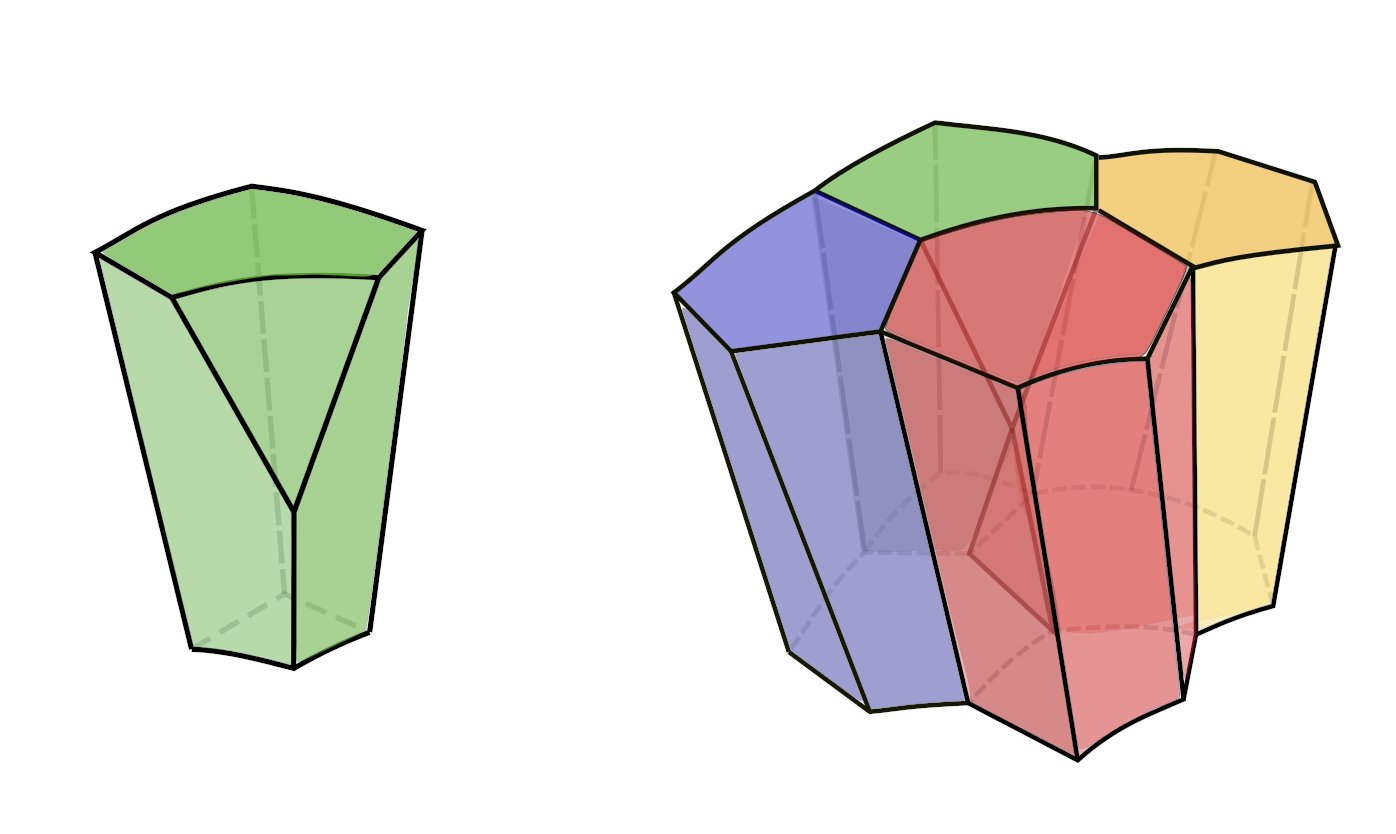Users
Social media
- More details here...
- Address
Parc Científic de la Universitat de València C/
Catedrático Agustín Escardino, 9
46980 Paterna (Valencia) Spain - Email:
iu.i2sysbio@uv.es - Phone:
(+34) 963544810
- Address
Links
They discover a mathematical principle that explains how cells connect with each other to form tissues and organs

Investigation
They discover a mathematical principle that explains how cells connect with each other to form tissues and organs

An international investigation led by the Institute of Integrative Systems Biology (I2SysBio, CSIC-UV) and the Institute of Biomedicine of Seville (IBiS, HUVR-CSIC-US) reveals important properties of cellular connectivity. The study, published in the journal Cell Systems, has important future implications for the creation of artificial tissues and organs.
An international team of scientists has discovered a new mathematical principle that explains how cells connect with each other to form tissues, which represents an important advance in the understanding of how organs are formed during embryonic development and the pathologies associated with this process. The finding is led by the Institute of Integrative Systems Biology (I2SysBio), a joint center of the Higher Council for Scientific Research (CSIC) and the University of València (UV), and the Institute of Biomedicine of Seville (IBiS), the Virgen del Rocío University Hospital and the University of Seville.
The study, published in the journal Cell Systems, has been carried out using the fruit fly (Drosophila melanogaster) as a model, and may have future implications for the creation of artificial tissues and organs in the laboratory, a great challenge for biology and biomedicine.
In 2018, this team published an article in the journal Nature Communications, which had great scientific and media impact, in which they demonstrated that epithelial cells can adopt a geometric shape during the formation of organs that had not been described until then: the scutoid.
"The fact that cells adopt this geometric shape is due to the energy savings it represents when 'packing' themselves to form tissues when there is a certain level of curvature, for example when a fold is formed in a tissue," explains one of the authors who led this work, Luisma Escudero, an IBIS researcher. "Our research represented an important paradigm shift, because until then epithelia had always been studied using mathematical concepts to describe their organization in two dimensions, something that is related to the connection between cells and how they communicate with each other to correctly form these organs."
"However, we demonstrate that epithelial cells can have complex three-dimensional shapes (scutoid), and that cells and organs are effectively three-dimensional. In this article we consider whether there are mathematical and/or biophysical principles in 3D and, by combining experiments with fly tissues and computational models of tubular tissues, we have been able to develop a biophysical model that relates, for the first time, the geometry of the tissue and the physical properties of the cells with the way in which they connect to each other," says Escudero.

The key, the "social relations" of the cells
Javier Buceta, I2SysBio researcher and co-leader of the study, establishes a simile to explain this new scientific advance, resorting to anthropology. "The anthropologist Robin Dunbar determined that human beings have an average of five close friends that are determined by different social and personal factors. At the cellular level, our article has revealed that there is an 'equivalent' principle, concluding that the number of close "neighbors" of a cell, that is, its 'close friends', is determined in this case by the geometry of the tissue and its energetic relationships."
"Thus, taking into account a series of energetic, biological and geometric considerations, We have discovered that, for example, the more connections an epithelial cell has with others, the more energy it needs to establish new connections with other cells, while if it is poorly connected with other 'neighbors', the cell needs less energy to establish that link," highlights Buceta.
In this research, the scientists altered the tissues, reducing the adhesion between cells to test their model. "This causes the cellular organization to change, since it is easier, less energetically costly, for the cells to establish new contacts," says Buceta. The results of the experiments confirmed the quantitative principle proposed by the researchers.
The researchers point out that, when analyzing the behavior of tissues from the point of view of materials, other previous works have observed that their "stiffness" depends on cellular connectivity. "In this way, tissues can behave in a more or less viscous way, that is, more similar to a solid or more similar to a fluid. Our results quantitatively show how the geometry of the scutoid determines cellular connectivity and, therefore, how they can be a biological instrument to regulate the material properties of tissues and organs," conclude Escudero and Buceta.
In addition to the Institute of Biomedicine of Seville and the Institute of Integrative Systems Biology, researchers from Seville have participated in this work. the University of Seville, Johns Hopkins University and the University of the Basque Country, among other institutions.
Reference
Pedro Gómez-Gálvez, Pablo Vicente-Munuera, Samira Anbari, Antonio Tagua, Carmen Gordillo-Vázquez, Jesús A. Andrés-San Román, Daniel Franco-Barranco, Ana M. Palacios, Antonio Velasco, Carlos Capitán-Agudo, Clara Grima, Valentina Annese, Ignacio Arganda-Carreras, Rafael Robles, Alberto Márquez, Javier Buceta, Luis M. Escudero. A quantitative biophysical principle to explain the 3D cellular connectivity in curved epithelia. Cell Systems DOI: 10.1016/j.cels.2022.06.003


